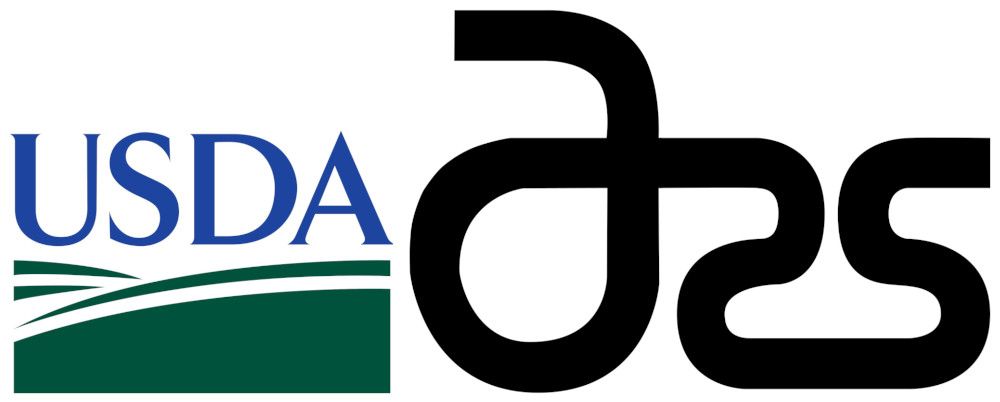Research Project: "ACCELERATING IMPLEMENTATION OF HLB TOLERANT HYBRIDS AS NEW COMMERCIAL CULTIVARS FOR FRESH AND PROCESSED CITRUS"
DESCRIPTION
Citrus is the most economically important fruit tree crop in Florida, contributing substantially to employment, and providing cultural context for many generations of growers. It had an estimated on-tree fruit value of $1.5 billion for 2006-07 prior to HLB and declined to $0.82 billion for 2015-16 (USDA, 2017). The value-added processed orange and grapefruit juice brings the industry value to $8-9 billion. Florida citrus is mainly a juice industry for which the main product is orange (Citrus x sinensis (L) Osbeck) juice with 90% of the oranges being juiced. Sixty percent of grapefruit (C. paradisi MacFadyen) grown in the U.S. is produced in Florida, with about half going to the fresh market and half processed for juice. Unfortunately, citrus greening or huanglongbing (HLB) is devastating the Florida citrus industry and is a serious threat to other citrus-growing states, with HLB-finds accelerating in CA and TX. The disease is also a threat to other citrus growers worldwide, such as Brazil and China.
HLB is caused by a phloem-restricted bacterium, Candidatus Liberibacter asiaticus (CLas) that is spread by the insect vector Diaphorina citri (Asian citrus pysllid or ACP). Sweet orange cultivars, which are actually interspecific, complex hybrids, range widely in traits such as time of ripening, sugar/acid levels, aroma profiles and overall fruit/juice quality. Individual cultivars arose through mutations selected over generations (possibly millennia) of clonal propagation so they are almost genetically identical (Novelli et al., 2006). Sweet orange cultivars are the most widely planted tree fruits in the world (FAOSTAT, 2017) and dominate the Florida citrus processing industry and CA fresh fruit industry. Unfortunately, sweet orange is highly susceptible to HLB (Stover et al., 2011, 2016).
Largely due to the advent of HLB, Florida orange production has declined by over 70% in the last 10 years. If this trend is not reversed, processing plants will not have enough fruit to maintain profitability and will shut down. The loss of this valuable infrastructure cannot be easily recovered. Several major processing plants have closed, leaving 6 major plants open but operating well below capacity. There may not be enough fruit to justify operations for all of them next season. Packing houses have likewise declined from 106 to 26 in the last 16 years (hurricanes and disease). Therefore, it is vital to put HLB tolerant citrus trees into growers’ hands to maintain and ultimately increase yields. For this to happen our objective is to identify HLB-tolerant scion genotypes that will be acceptable for fresh fruit and juice varieties (either alone or in blends for juice) and permit profitable citrus production and maintaining infrastructure.
Florida law requires that orange juice, the main citrus product, be comprised of at least 90% sweet orange juice. Given the poor growth, cropping, and reduced fruit quality common in HLB-affected (CLas-infected) sweet orange, the Florida juice industry may want to reconsider this restriction. Transitioning to different cultivars with greater HLB-tolerance and ultimately resistance is critical to a sustainable Florida citrus juice industry, especially if orange-like and grapefruit-like juice, already demanded by consumers, can be maintained. Classification of some tolerant hybrids as “sweet orange” based on their volatile and perhaps non-volatile chemical profiles may be one avenue to get HLB-tolerant germplasm in the field for use as juice oranges, as was done for ‘Ambersweet’ in 1989 (Stover et al., 2016; Hearn, 1989).
This project is focused on identifying HLB-tolerant scion cultivars that can be quickly mobilized for use by the US citrus industry. We will 1) identify HLB-resistant/tolerant hybrids with good flavor quality (including orange-like and grapefruit-like); 2) Identify DNA markers associated with tolerance to expedite screening and provide confidence in selecting scion genotypes considered promising and explore tolerance-related responses to pathogen effectors/pathogen-associated molecular patterns (PAMPs), for use as a screening tool; 3) develop a transgenic strategy to enhance cultivars resistance responses; 4) characterize fruit and juice quality of HLB-tolerant scions, for use either as stand-alone varieties, hybrid classification as “orange” and/or development of juice combinations to supplement the current processing stream; and 5) communicate these results to facilitate industry implementation of HLB-tolerant scion cultivars.






